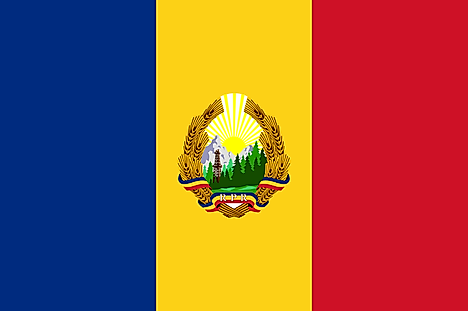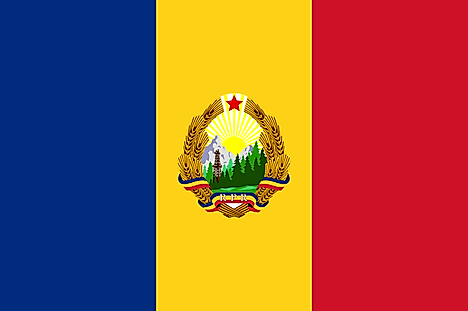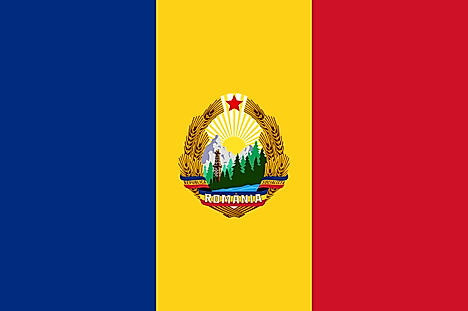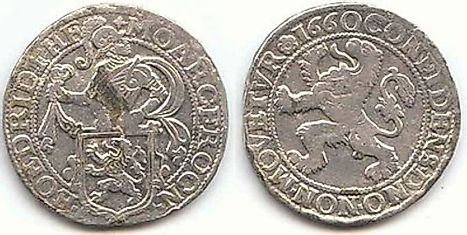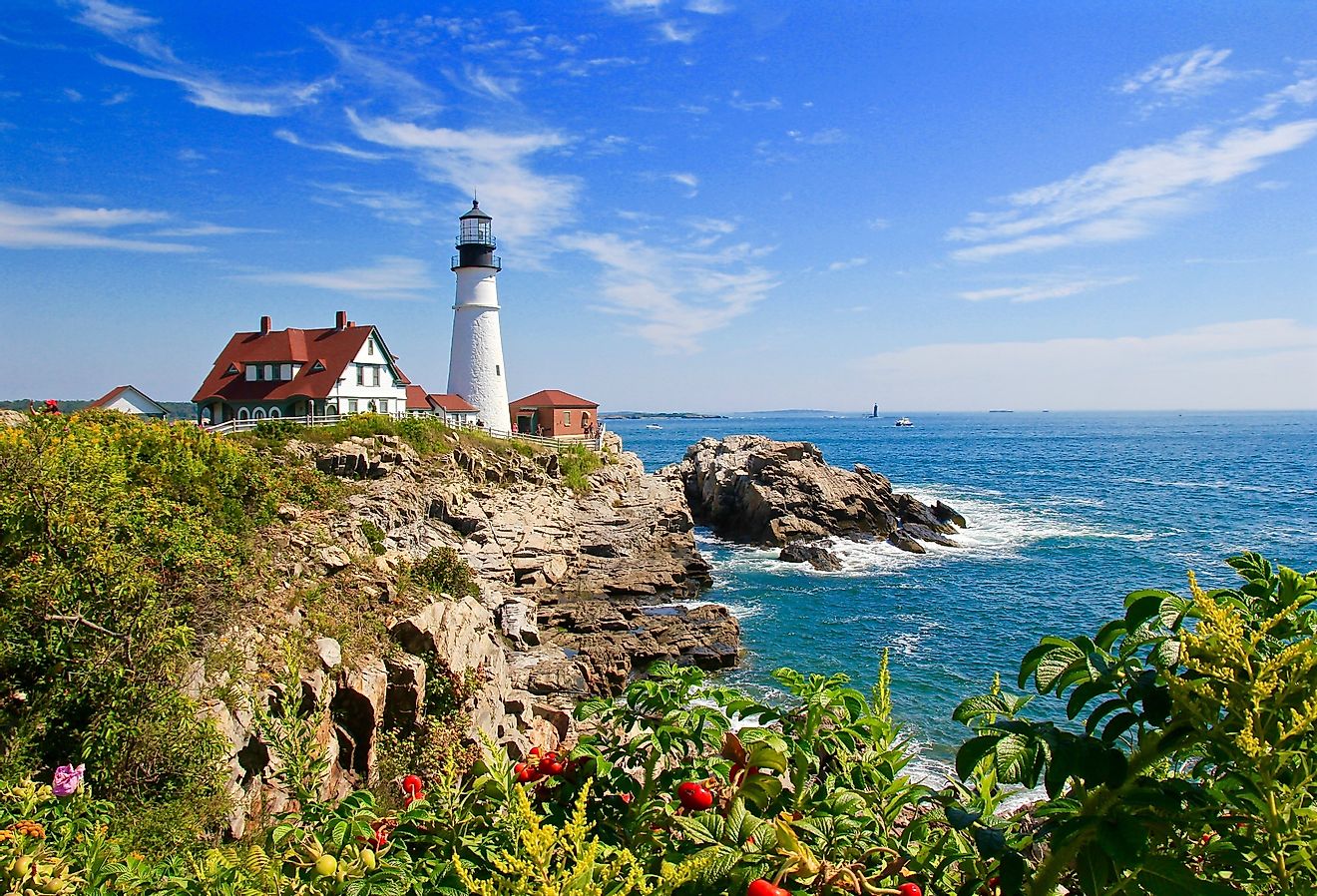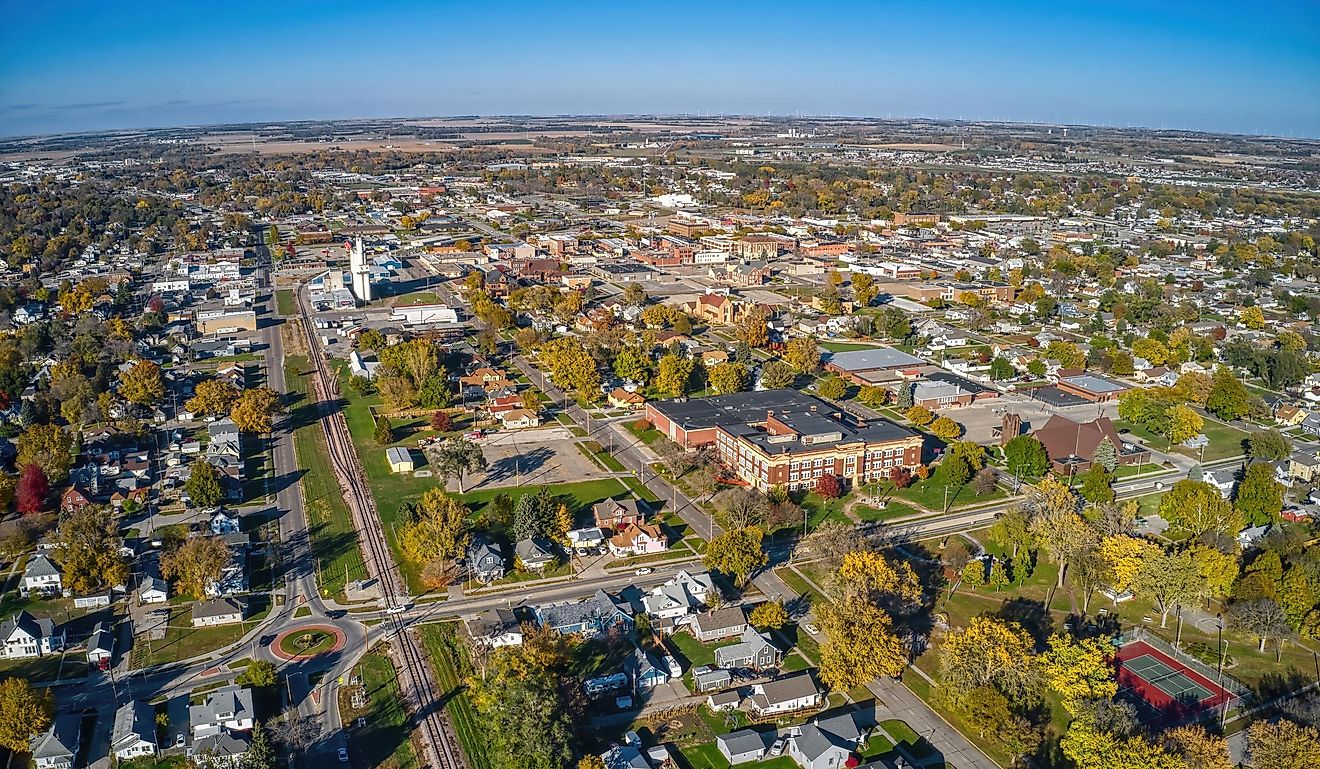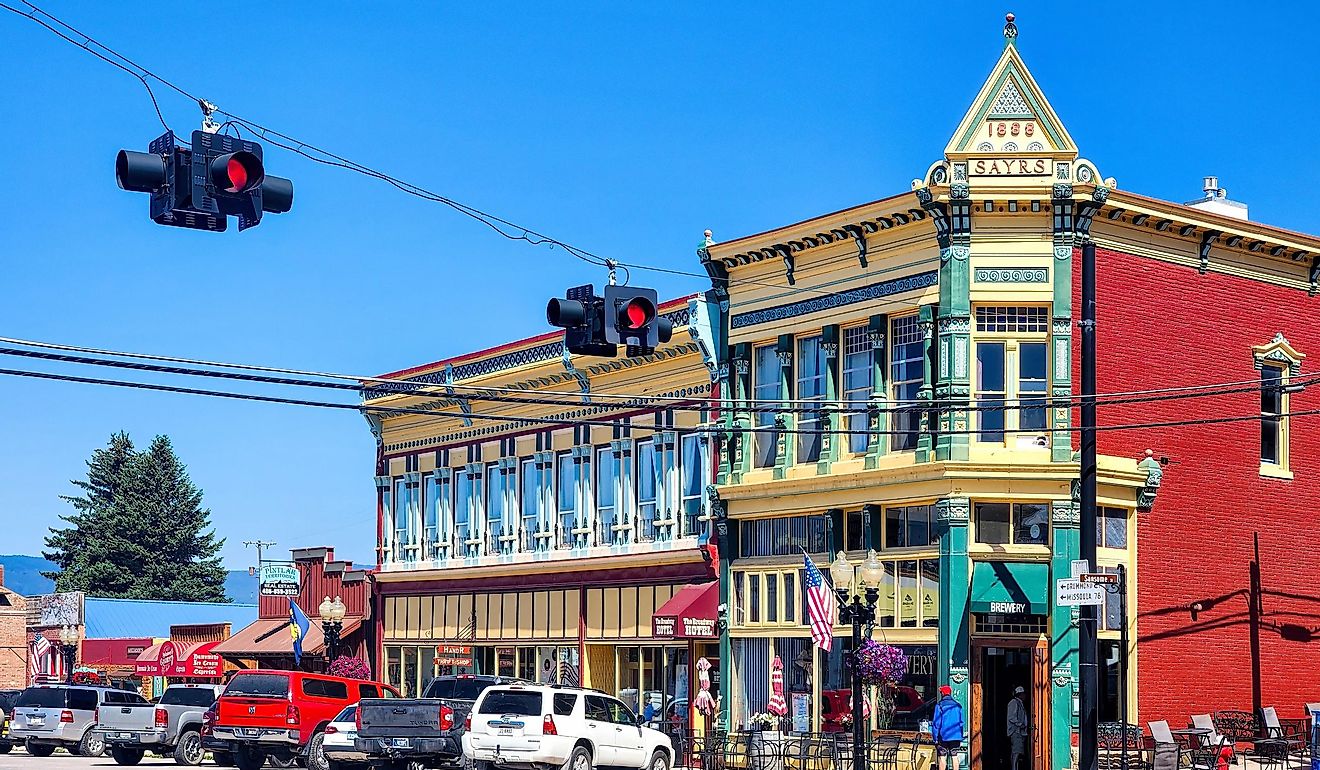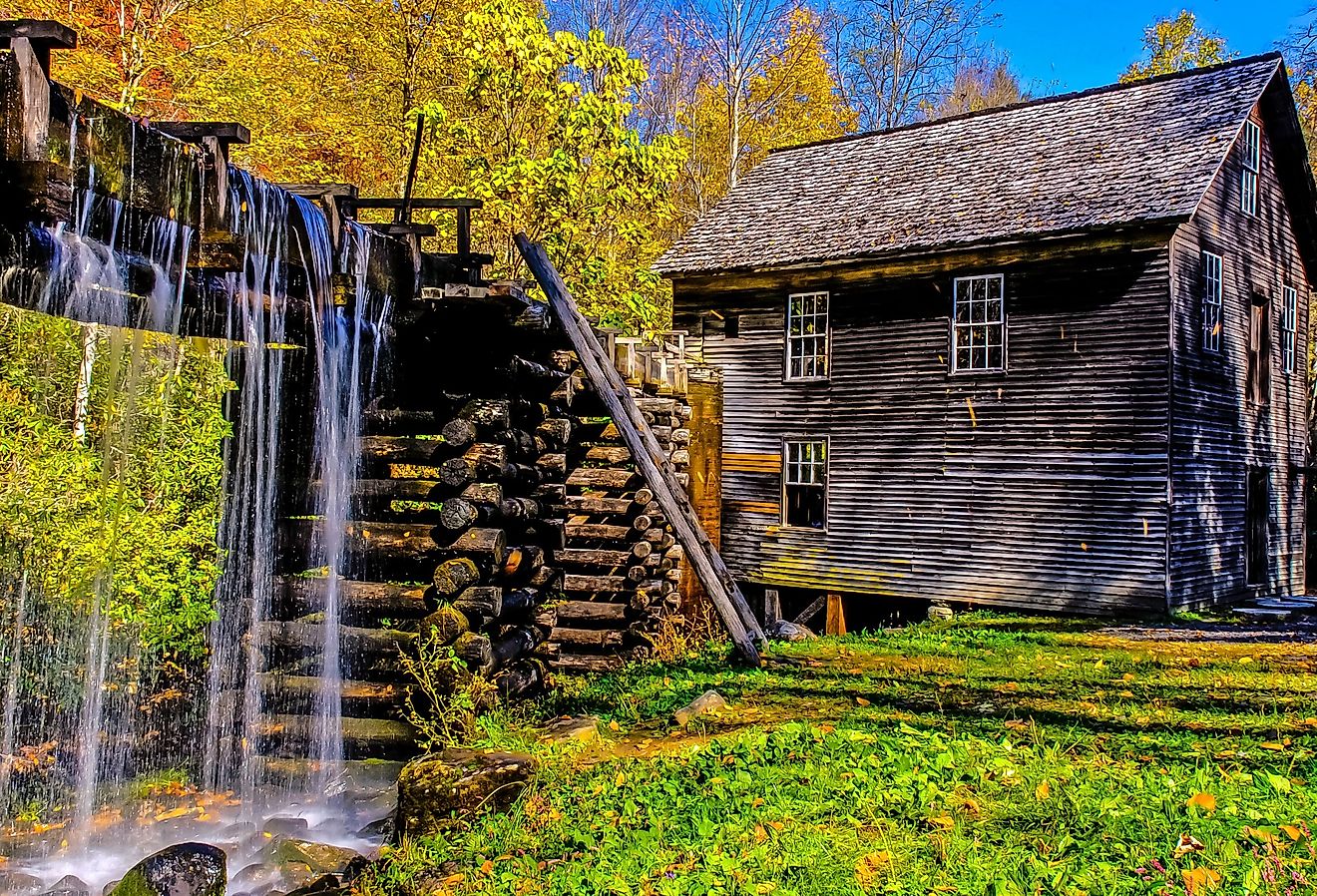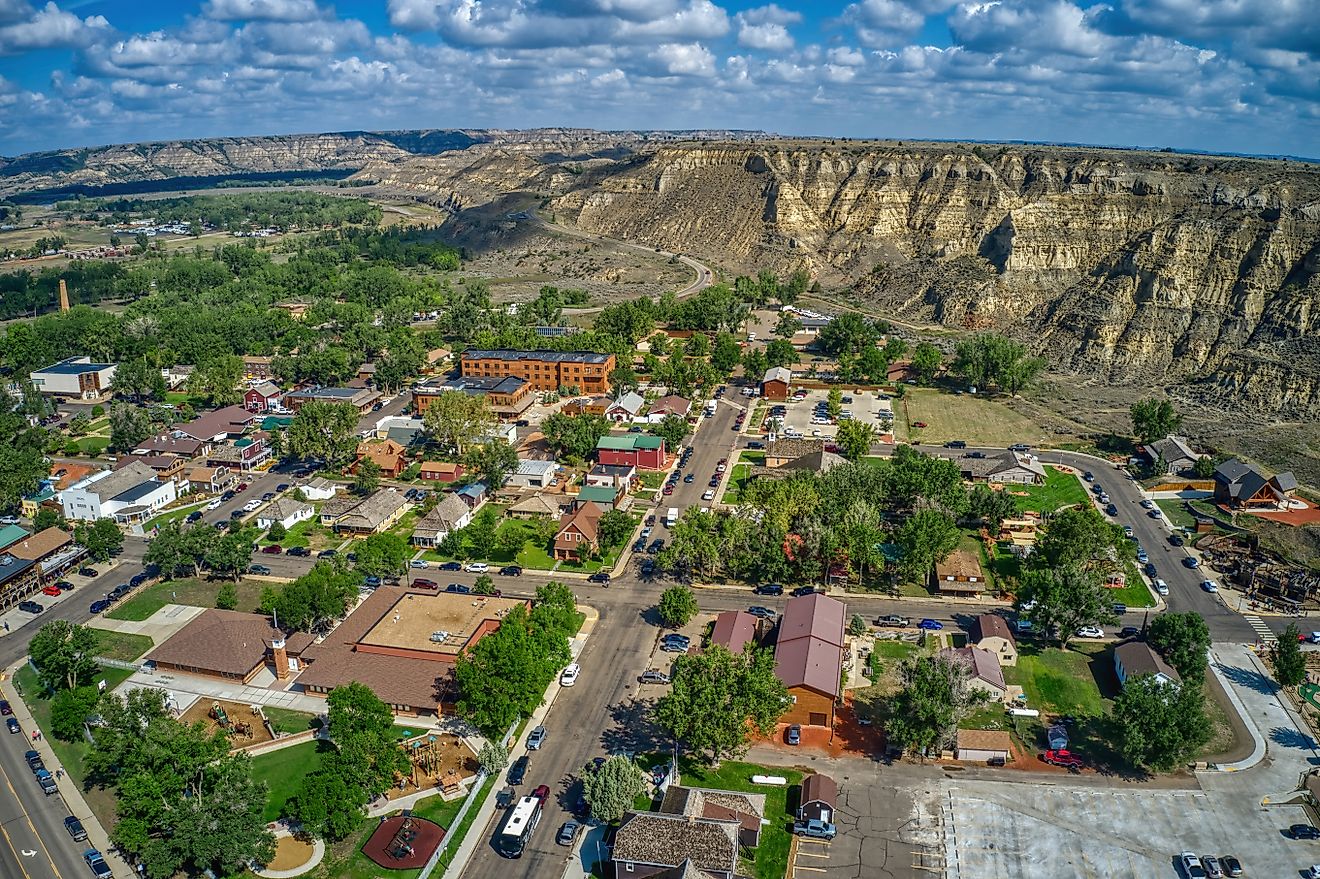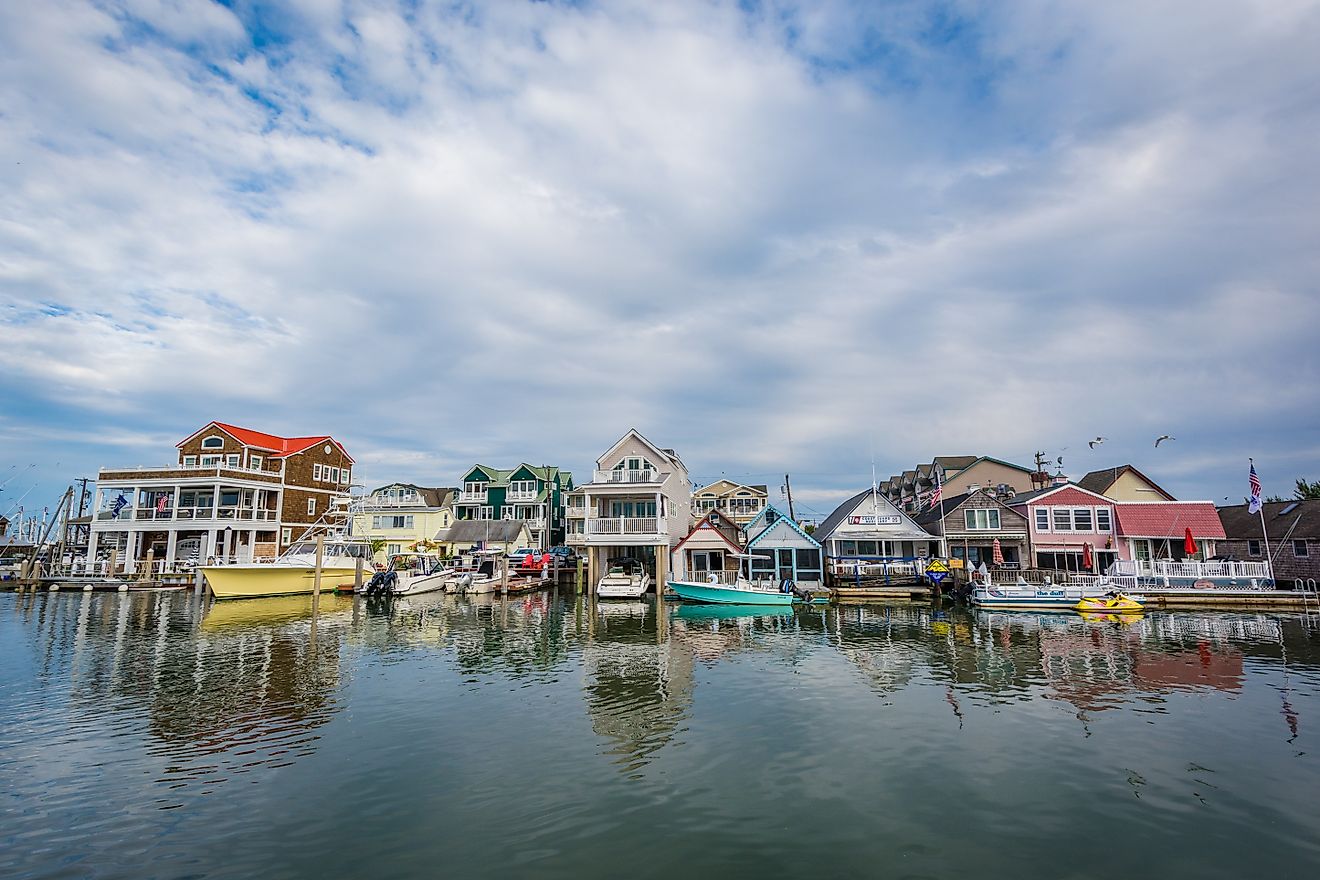Flags, Symbols & Currency of Romania
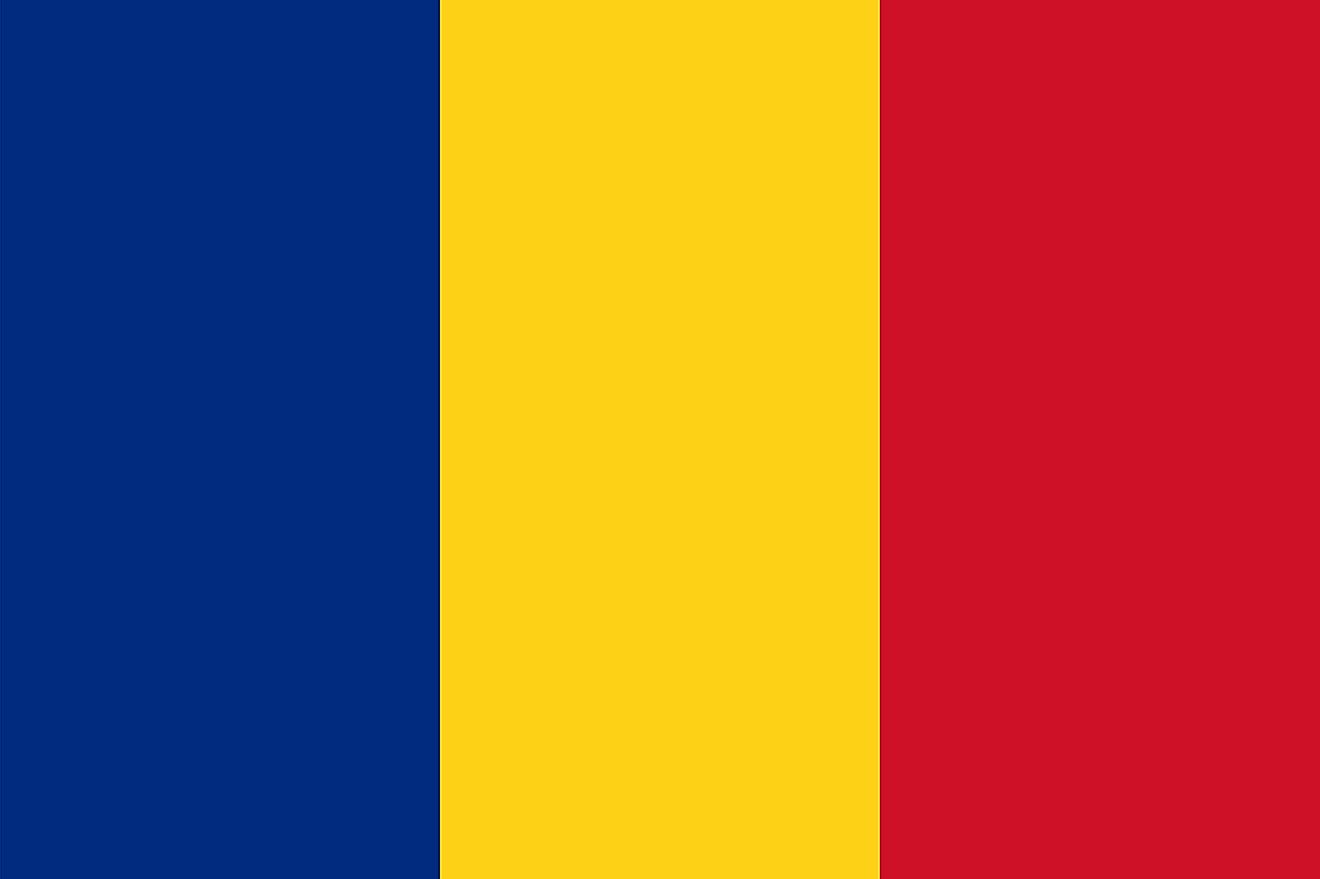
The National Flag of Romania was officially adopted on December 27, 1989.
The National Flag of Romania is a vertical tricolor and features three equal vertical bands of cobalt blue (hoist side), chrome yellow, and vermillion red. The colors are those of the principalities of Walachia (red and yellow) and Moldavia (red and blue), which united in 1862 to form Romania. The flag has a width-to-length proportion ratio of 2:3.
History of the Flag of Romania
The colors red, blue and yellow, that feature in modern Romania’s national flag were used in the flag of the revolutionaries during the Wallachian uprising of 1821. In 1848, the “Justice, Fraternity” flag of the Wallachian revolutionaries was used as the first modern tricolor flag. According to historians, the blood red color represented fraternity, the field yellow color symbolized justice and the sky-blue color was a symbol of liberty. Later, the design of the flag was altered to get the yellow band to the center. Although the colors remained nearly constant, their orders and direction (vertical/horizontal) in the flag changed several times over the years. In 1859, Wallachia and Moldavia joined together, creating the United Principalities of Wallachia and Moldavia, and adopted the Romanian horizontal tricolor. The Kingdom of Romania was created under the monarchy of Carlo I in 1881. The tricolor flag used during this time featured blue-yellow-red colors. The monarchy ended with Michael I’s abdication and on December 30, 1947, Romania was declared to be Communist People’s Republic under the Romanian Communist Party. In 1965, Romania was subsequently renamed as the Socialist Republic of Romania. All the symbols that represented the former Kingdom of Romania were banned from use. A new flag was designed where the yellow band had an emblem of the country placed in the center. During the decades of Communist rule in Romania, the design of the coat of arms was also altered several times. Starting on December 1989, during the Romanian revolution, the revolutionaries at Timișoara started using flags with the Communist coat of arms, that were cut out from the flag. They used these flags with holes as a sign of protest against the existing regime. In the same year, when Romania gained independence from the Communist regime, the current national flag of modern-day Romania was adopted.
Symbols of Romania
The National Coat of Arms of Romania
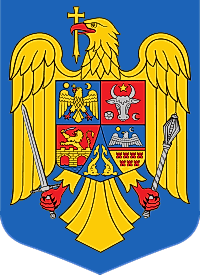
The National Coat of Arms of Romania was adopted on September 10, 1992. The main element in Romania's coat of arms is a golden eagle with a cross in its beak, a mace and sword in its talons, and a shield protecting its front. The five sections of the shield are representative of the five historical provinces of Romania, and each contains its traditional symbol. The eagle in the upper left corner is for Wallachia; the bull in the upper right for Moldavia; the lower middle dolphins for Dobrogea; the lion and bridge in the lower left section for Oltenia and Banat; finally, the black eagle, seven castles, a sun and moon in the lower right represent Transylvania.
National Anthem
- Anthem Title: "Deșteaptă-te, române!" (“Wake up, Romanian”)
- Music Composer: Anton Pann
- Lyricist: Andrei Mureşianu
- Date of Adoption: April, 1990
"Deșteaptă-te, române!" (“Wake up, Romanian”) is the national anthem of Romania. The music of the anthem have been composed by Anton Pann. The lyrics of the anthem have been authored by Andrei Mureşianu. The anthem was officially adopted in April, 1990. Out of the full 11-stanza anthem, only the first, second, fourth, and last stanzas are sung in official ceremonies. However, the full anthem is sung in major National events.
"Deșteaptă-te, române!" (Romanian)
1.
Deșteaptă-te, române, din somnul cel de moarte,
În care te-adânciră barbarii de tirani!
Acum ori niciodată, croiește-ți altă soarte,
La care să se-nchine și cruzii tăi dușmani.
2.
Acum ori niciodată să dăm dovezi la lume
Că-n aste mâni mai curge un sânge de roman,
Și că-n a noastre piepturi păstrăm cu fală-un nume
Triumfător în lupte, un nume de Traian!
3.
Înalță-ți lata frunte și caută-n giur de tine,
Cum stau ca brazi în munte voinici sute de mii;
Un glas ei mai așteaptă și sar ca lupi în stâne,
Bătrâni, bărbați, juni, tineri, din munți și din câmpii!
4.
Priviți, mărețe umbre, Mihai, Ștefan, Corvine,
Româna națiune, ai voștri strănepoți,
Cu brațele armate, cu focul vostru-n vine,
„Viața-n libertate ori moarte!” strigă toți.
5.
Pre voi vă nimiciră a pizmei răutate
Și oarba neunire la Milcov și Carpați!
Dar noi, pătrunși la suflet de sfânta libertate,
Jurăm că vom da mâna, să fim pururea frați!
6.
O mamă văduvită de la Mihai cel Mare
Pretinde de la fii-și azi mână d-ajutori,
Și blastămă cu lacrămi în ochi pe orișicare,
În astfel de pericul s-ar face vânzători!
7.
De fulgere să piară, de trăsnet și pucioasă,
Oricare s-ar retrage din gloriosul loc,
Când patria sau mama, cu inima duioasă,
Va cere ca să trecem prin sabie și foc!
8.
N-ajunse iataganul barbarei semilune,
A cărui plăgi fatale și azi le mai simțim;
Acum se vâră cnuta în vetrele străbune,
Dar martor ne e Domnul că vii nu o primim!
9.
N-ajunse despotismul cu-ntreaga lui orbie,
Al cărui jug din seculi ca vitele-l purtăm;
Acum se-ncearcă cruzii, în oarba lor trufie,
Să ne răpească limba, dar morți numai o dăm!
10.
Români din patru unghiuri, acum ori niciodată
Uniți-vă în cuget, uniți-vă-n simțiri!
Strigați în lumea largă că Dunărea-i furată
Prin intrigă și silă, viclene uneltiri!
11.
Preoți, cu crucea-n frunte căci oastea e creștină,
Deviza-i libertate și scopul ei preasfânt.
Murim mai bine-n luptă, cu glorie deplină,
Decât să fim sclavi iarăși în vechiul nost’ pământ!
“Wake up, Romanian”
1.
Wake up, Romanian, from your sleep of death
Into which you have been sunk by barbaric tyrants
Now, or never, make a new fate for yourself,
To which even your cruel enemies will bow.
2.
Now or never let us give proof to the world
That in these veins Roman blood still flows,
That in our chests we hold a name with pride,
Victorious in battles, the name of Trajan!
3.
Raise your broad forehead and see around you
How, like fir trees on a mountain, hundreds of thousands of strong men stand;
Just waiting for a voice to pounce like wolves on sheep,
Elders, men, youths, boys, from the mountains and from the plains.
4.
Behold, great shadows, Michael, Stephen, Corvinus,
The Romanian Nation, your great-grandchildren,
With weapons in their arms, with your fire in their veins,
"Life in freedom or death!" shout all.
5.
You were vanquished by the evils of your envy
And by your blind disunity, at Milcov and the Carpathians!
But we, whose souls were pierced by holy liberty,
Swear that for ever in brotherhood will join.
6.
A widowed mother from the time of Michael the Great
Claims from her sons today a helping hand,
And with tears in her eyes curses whomsoever,
In such great peril, a traitor would become.
7.
Of thunder and of brimstone should they perish
Anyone who would flee the glorious place
When our land or our mother, with a sorrowful heart,
Will ask us to cross through swords and blazing fire.
8.
Didn't we have enough of the yatagan of the barbaric crescent
Whose fatal wounds we still feel today;
Now the knout, is intruding in our ancestral homes,
But the Lord is our witness that we shall not accept it alive.
9.
Didn't we have enough of the blinded despotism,
Whose yoke, like cattle, for centuries we have carried?
Now the cruel ones are trying, in their blind arrogance,
To take away our language, but only dead will we surrender it.
10.
Romanians from the four corners, now or never
Unite in thought, unite in feeling
Proclaim to the wide world that the Danube is stolen
Through intrigue and coercion, sly machinations.
11.
Priests, lead with your crucifixes, for our army is Christian,
The motto is Liberty and its goal is holy,
Better to die in battle, in full glory,
Than to once again be slaves upon our ancient ground!
The Currency of Romania is the Romanian leu
The current official currency of Romania is the Romanian leu (RON). The name of the currency literally translates into "lion". The currency is further divided into 100 bani. Although Romania joined the European Union in January 2007, the leu has continued to be used as the official currency of the country.
Coins
In terms of coins of the Romanian leu, these were first issued right when the Romanian leu was introduced back in 1867. Right until 2005, these were issued with different compositions, most of which were in silver, nickel, and copper. The series of coins being used at the moment (5, 10, 50 bani) in the country was introduced in 2005, when the fourth iteration was introduced, even though the 50 bani coin has been put through several iterations during this time.
Banknotes
A number of banknotes were published in Romania from 1877 to 2005. By the year 2005, polymer-based notes were introduced in the country. The notes were for 1, 5, 10, 50, 100 and 500 lei. However, in 2006, lei notes worth 200 were issued for use for the very first time. What needs to be mentioned here is that the designs of these notes are based on that of several earlier lei notes starting from 10,000 to 1 million. The series of banknotes (1 leu, 5, 10, 50, 100, 200 lei) being used these days was introduced mostly in 2005. However, certain versions of a few banknotes were introduced later with different colors and value.
Historical currencies of Romania
The history of the Romanian leu dates back to the mid-19th century. From what is known, it was derived from the Dutch thaler, a silver coin that had been used throughout Europe for almost four hundred years. With the passage of time, the currency has been through four different iterations. The very first iteration took place in 1947 where it was replaced at a value of 1 new leu being equal to 20,000 old. The second replacement could only last until 1952, after which it was again replaced without any warning as such, at values that varied depending on the type of exchange. With time, the currency remained stable and the third leu was not replaced until 2005. In 2005, however, it was replaced at a value of 1 new leu to 10,000 old. Throughout the years, the revaluation played a significant role in terms of bringing the leu more in sync with the currencies of other neighbouring countries.
